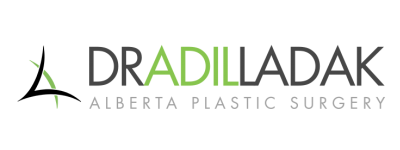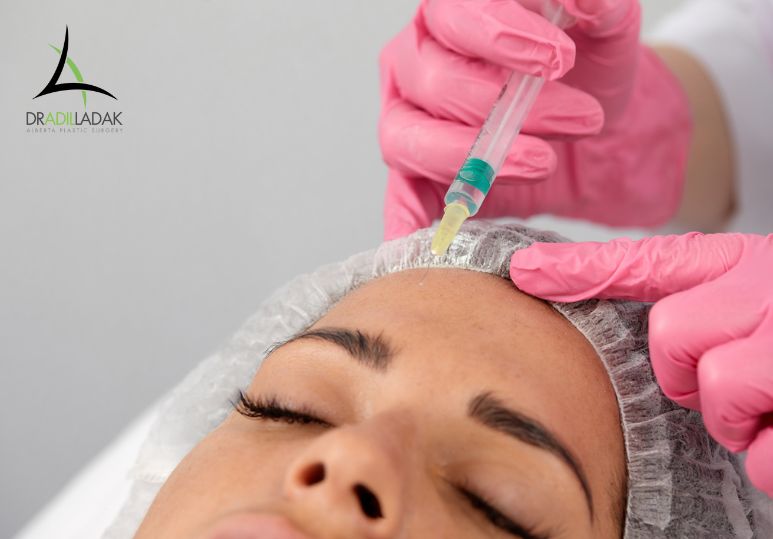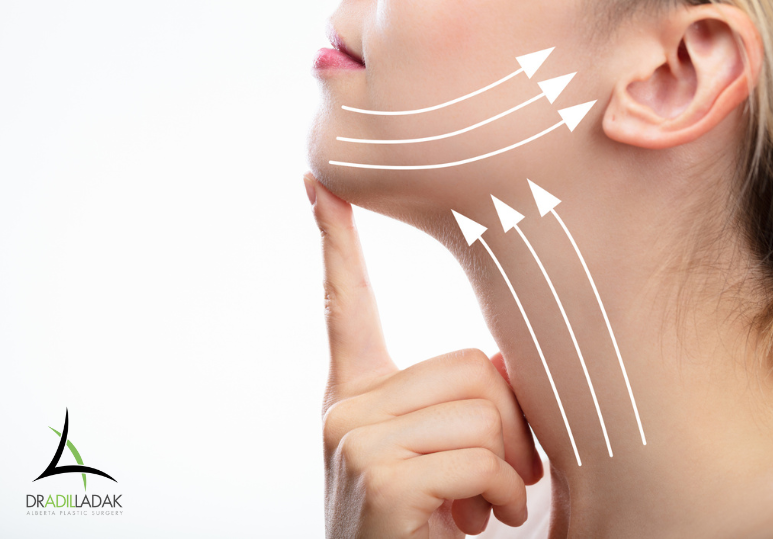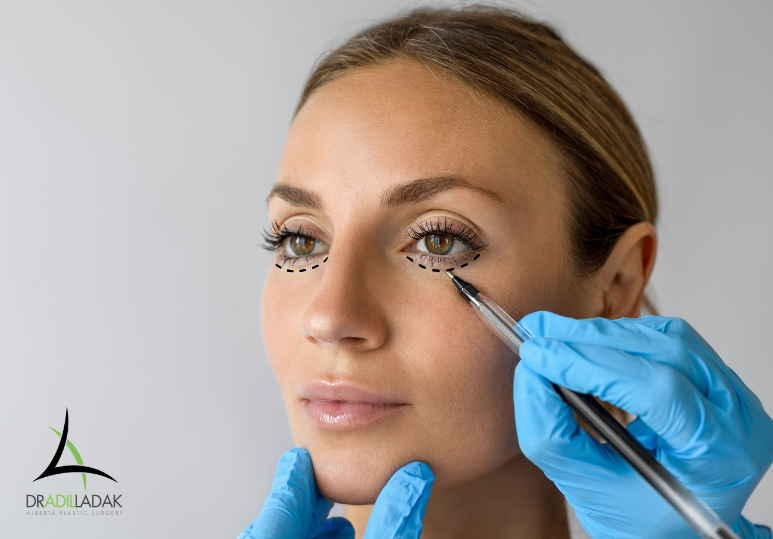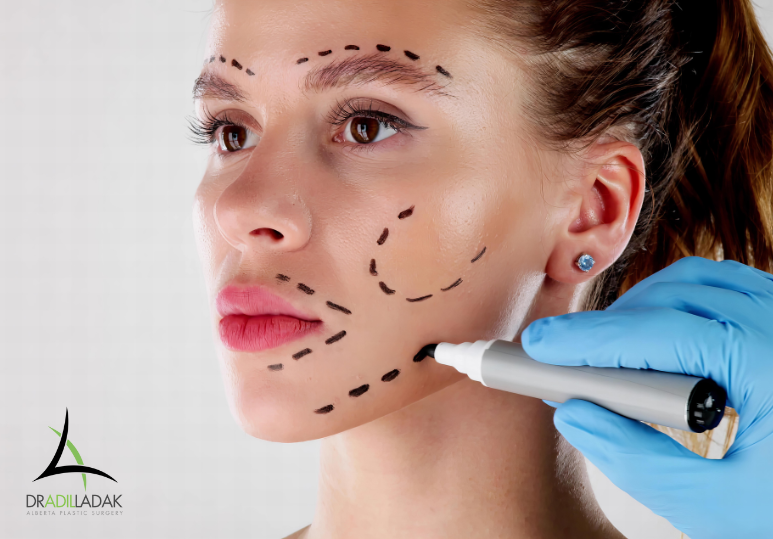In recent years, Botox has become a household name, synonymous with wrinkle reduction and cosmetic enhancement. However, its applications go far beyond just aesthetics. This blog will delve into what Botox is, its popular cosmetic uses, and the various medical conditions it effectively treats.
What is Botox?
Botox, short for botulinum toxin, is a neurotoxic protein derived from the bacterium Clostridium botulinum. While the term "toxin" might sound intimidating, Botox is used safely and effectively in both medical and cosmetic fields. By temporarily paralyzing muscles through the blocking of nerve signals, Botox can significantly reduce the appearance of wrinkles and treat various medical conditions. Its effects are temporary, making it a versatile and adjustable solution for many issues.
Cosmetic Uses of Botox
When most people think of Botox, they think of its cosmetic applications. Botox is renowned for its ability to smooth out facial wrinkles, providing a more youthful and refreshed appearance. Some of the most common areas treated with Botox include:
- Crow's Feet: Those fine lines that appear at the corners of the eyes.
- Forehead Lines: Horizontal lines that can make you look older or perpetually surprised.
- Frown Lines: The vertical lines between the eyebrows that can give a stern or angry look.
By injecting small amounts of Botox into the muscles responsible for these wrinkles, the muscles relax, and the skin appears smoother. The results typically last between three to six months, at which point many choose to undergo repeat treatments to maintain their rejuvenated look.
Medical Uses of Botox
While Botox is famous for its cosmetic benefits, its medical applications are just as significant. Botox is used to treat a variety of conditions, offering relief where other treatments may not have succeeded. Some of the key medical uses include:
- Chronic Migraines: Botox injections can help reduce the frequency and severity of migraine headaches, providing much-needed relief for sufferers.
- Hyperhidrosis: Excessive sweating can be managed effectively with Botox, which helps reduce the activity of sweat glands.
- Muscle Spasms: Conditions that cause involuntary muscle contractions, such as cervical dystonia, can be alleviated with Botox, leading to improved comfort and functionality.
- Bladder Disorders: Botox can be used to treat certain bladder conditions, helping to reduce symptoms like incontinence.
In each of these cases, Botox works by targeting specific muscles or glands to reduce their activity, thereby alleviating symptoms and improving the patient’s quality of life.
Whether you’re looking to smooth out wrinkles or seeking relief from a medical condition, Botox offers a versatile solution. Its ability to temporarily paralyze muscles provides both cosmetic and therapeutic benefits, making it a popular choice in various treatments. If you’re considering Botox, it’s important to consult with a qualified professional to understand how it can best meet your needs and ensure safe and effective results. Stay informed by choosing Alberta Plastic Surgery. Call us or book your consultation and begin your Botox journey today!
FAQs
Q: How long does it take to see results from Botox treatments?
A: Results from Botox treatments typically begin to appear within 3 to 5 days, with full effects visible in about 2 weeks.
Q: How often can I get Botox treatments?
A: Botox treatments are usually recommended every 3 to 6 months, depending on the individual's response and the area being treated.
Q: What should I do to prepare for a Botox treatment?
A: It is advised to avoid alcohol, aspirin, and anti-inflammatory medications a few days before the treatment to reduce the risk of bruising. Book your consultation with Alberta Plastic Surgery for personalized preparation tips.
